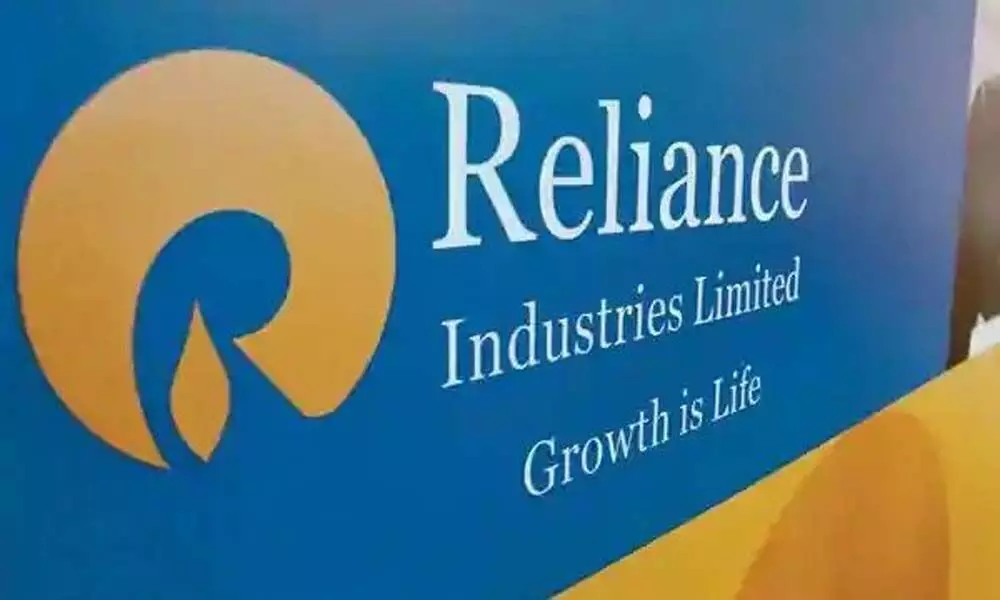Fitch rates RIL above Indian govt
Fitch Ratings has upgraded Reliance Industries Ltd’s (RIL) rating to ‘BBB’, one notch above India’s sovereign rating, as the company benefits from cash flow generation across diversified business segments and continuation of deleveraging.
image for illustrative purpose

Fitch Ratings has upgraded Reliance Industries Ltd's (RIL) rating to 'BBB', one notch above India's sovereign rating, as the company benefits from cash flow generation across diversified business segments and continuation of deleveraging.
In a statement, Fitch said it has upgraded RIL's long-term foreign-currency issuer default rating (IDR) to 'BBB', from 'BBB-', with a negative outlook. At the same time, the agency has affirmed RIL's long-term local-currency IDR at 'BBB+' with a stable outlook. RIL's local-currency IDR reflects the company's strong business profile, with market-leading positions and diversified cash flow from a mix of oil-to-chemical (O2C) and consumer businesses, as well as lower net leverage. The firm has cut its foreign-currency borrowings outside India by 36 per cent following pre-payments of $7.8 billion in the financial year ending March 2021 (FY21). This was achieved using part of the proceeds from the stake sales of digital-service and retail subsidiaries as well as a rights issue. Fitch expected RIL's EBITDA to increase to around Rs 1.1 lakh crore in FY22, supported by a recovery in petrochemical spreads, transportation fuel cracks, higher refining throughput and a continued rise in digital services EBITDA.
RIL had an EBITDA of around Rs 76,000 crore in FY21, 12 per cent lower year-on-year. Overall EBITDA generation was also supported by a 55 per cent surge in digital-services segment EBITDA, which defied the pandemic-related economic slowdown. The FY21 drop in EBITDA was largely driven by the O2C segment, which saw a 31 per cent fall due to lower demand. "RIL's ratings benefit from cash flow generation across diversified business segments with unrelated industry drivers. This was reflected in FY21 when strong cash flow from telecom mitigated the impact on overall cash generation from the pandemic-affected O2C segment.
"Consumer businesses, including digital services and retail, contributed around half of the overall EBITDA generation in FY21 and we expect this to be the case over the medium term, even as O2C and upstream EBITDA rises," it said. Also, deleveraging is expected to continue, with net leverage, measured by net debt/EBITDA, falling to around 0.5x in FY22 (FY21: 1.3x, FY20: 2.3x), supported by positive free cash flow generation and the receipt of the balance of funds from the rights issue. Capex is also likely to fall, averaging at Rs 55,000 crore a year in FY22-FY25 (FY21: Rs 1.1 lakh crore), as most planned capex has been completed.

